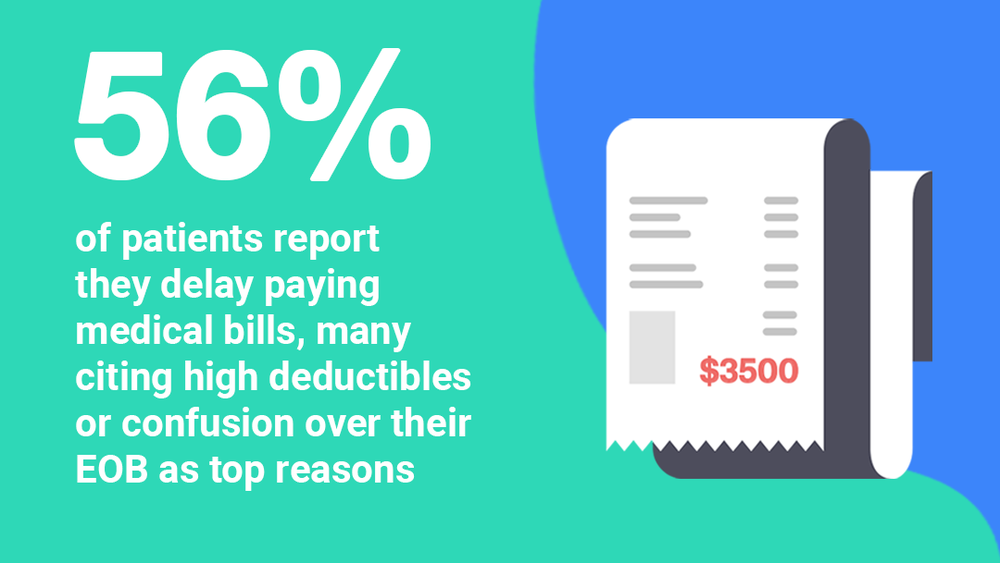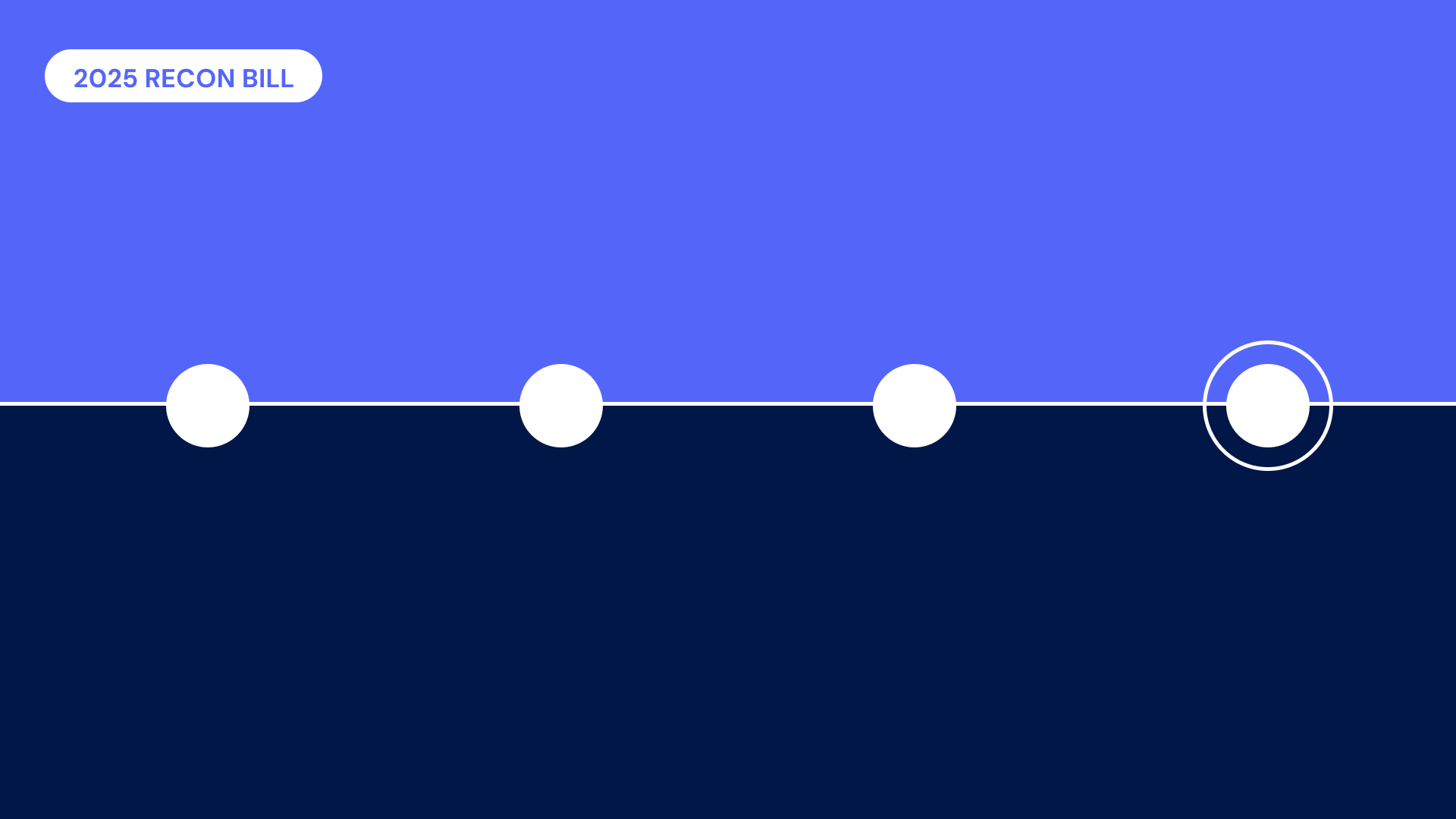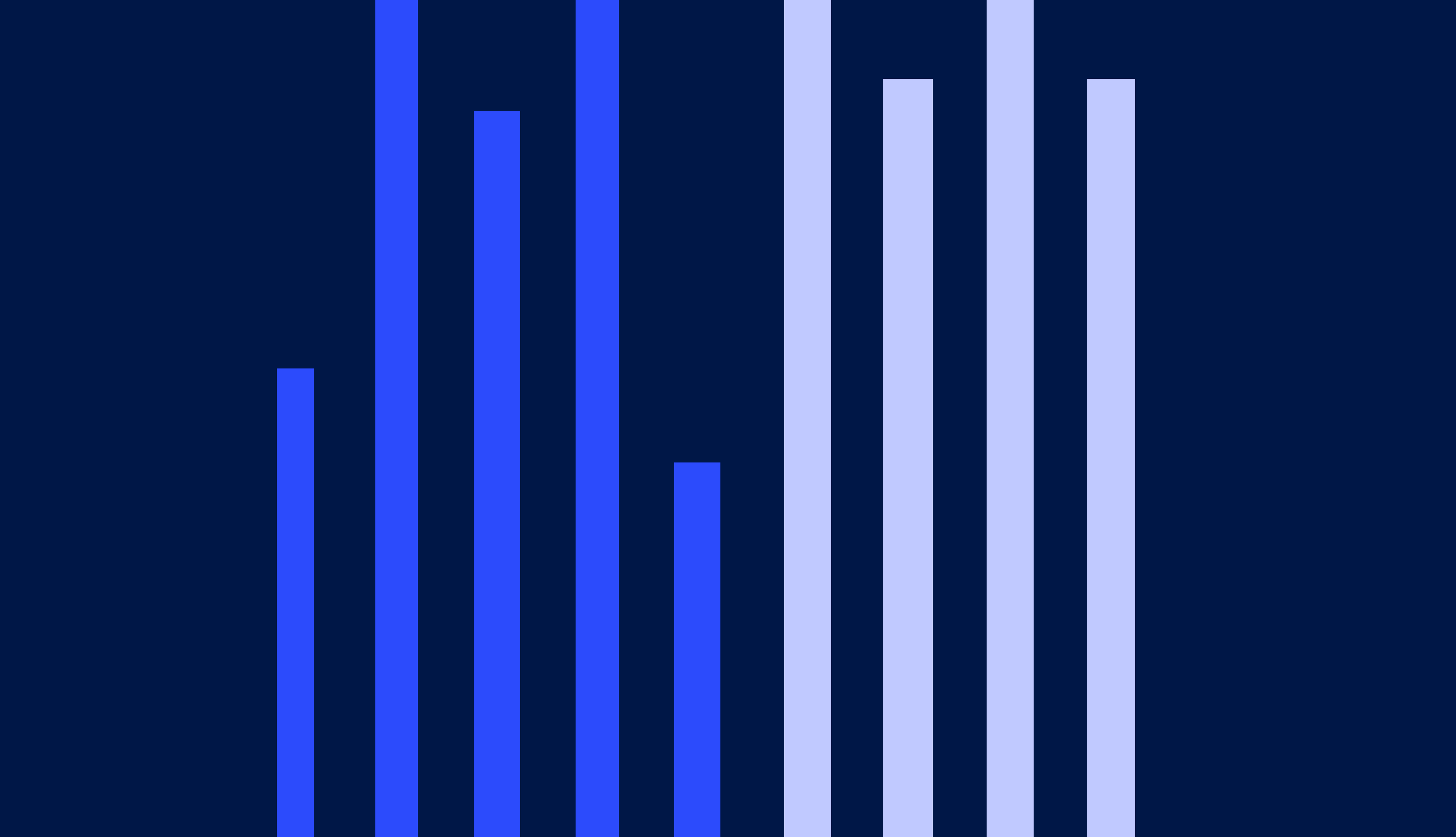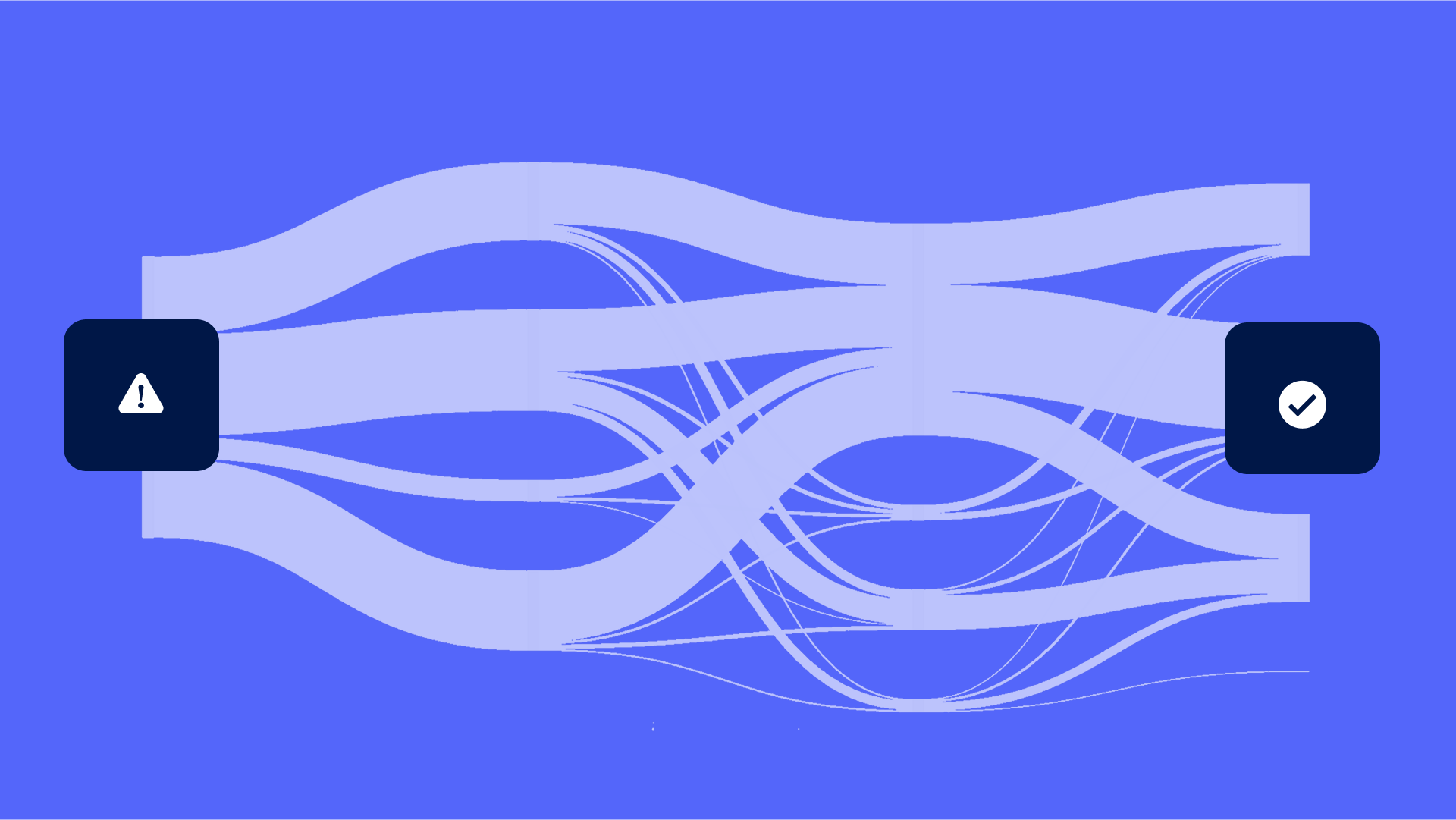Now more than ever, U.S. patients pay unprecedented amounts of out-of-pocket medical costs, with no end in sight. High deductible plans are trending—the percentage of employer-covered workers enrolled in a high-deductible plan jumped to 48% in 2018 (up sharply from 17% in 2009). Personal costs have spiked accordingly—the average insured patient spent $5,277 on health spending in 2016. Healthcare providers are experiencing a direct impact to their time and cost to collect. 56% of patients report they delay paying medical bills, many citing high deductibles or confusion over their EOB as the top reasons. Given the shifting financial realities of medical billing, providers must adopt new revenue cycle strategies to optimize their collection rate and lower costs. The days of using the same one-size-fits-all revenue cycle tactics and expecting optimal results are over.
Enter, propensity to pay insights
Propensity to pay is an approach widely used by financial organizations to identify customer populations with the greatest likelihood to pay—and healthcare is catching on. The key is finding the best approach for analyzing multiple sources of patient data to predict the likelihood of payment and the most appropriate follow-up for collections. Since all patients are not alike, health organizations should start by tapping into their data insights and using machine learning models to segment between types of patients. Segmentation by key variables—financial status, background, behavior patterns, visit and credit history—offers insight on how to best engage patients to optimize collection rates. CPT codes, for instance, can predict the optimal timing to reach out to patients with an unpaid bill. A CPT code indicating that a patient is in rehab would warrant a longer delay to allow a patient time to recover than one indicating a more standard outpatient procedure. Through data analysis and corresponding segmentation, revenue cycle managers can identify the characteristics that predict payment behavior and pinpoint the impact to their business’s bottom line.
At Cedar, we have developed a specialized approach to predicting a patient’s propensity to pay based on historical and third party data. Our modeling capabilities incorporate a provider’s unique needs. Below is a representative example.
Propensity to pay at ABC Medical Center (based on a real client story)
One of our health system partners—we will call them ABC Medical Center for confidentiality reasons — is onboarding the Cedar Pay patient payment and engagement solution to improve its collections rate and enhance the patient financial experience. As part of the implementation process, Cedar provides a propensity to pay analysis and predictive payment model. Luckily for ABC, Cedar can start providing value immediately using our existing model which incorporates historical and third party data to provide learnings across providers. Over time this model will expand to include more of ABC’s data, providing increasingly customized insights unique to ABC’s patient population.
Step 1: Load up on the right data—and lots of it
Cedar runs several thousand ABC-provided historical data points (including patient demographic data and payment history) through our machine learning model to predict payment based on key patient variables (date of birth, address), visit (CPT code, date) and bill (amount, adjustments). Using this approach, our analysis can quickly identify the areas in which ABC differs from average baselines. We are also able to isolate the CPT codes that vary significantly in payment likelihood and flag them for customized collections strategies. To further the effectiveness of the model, we incorporate third party data sets such as real estate and census bureau information, among others. The real estate data identifies zip codes with a greater likelihood to pay, and the relational impact of this for ABC compared to other providers.
Step 2: Assign importance scores for winning predictions
Tooled with this data, we identify approximately 200 quantitative variables predicting the likelihood that a patient will pay a particular bill. The model outputs an importance score for each of the inputs indicating how critical each variable is for accurately predicting payment outcome. Several of the most important variables come from the third party datasets, revealing that the additional context is crucial for accuracy. In our analysis for ABC, we discover that past billing behavior has even more predictive power than the amount patients owe. This is a key insight—to increase its lifetime collections from a patient, ABC needs to double down on optimal collection strategies like using easy-to-understand terms, user-centric design and multiple communication channels. When the health system does not collect, a patient is likely to become a repeat non-payer of their medical bills.

Step 3: Conduct individualized outreach for continuously optimized results
Our propensity to pay analysis for ABC brings to light a number of initial insights about their patient population; using these findings, we then design and test multiple outreach strategies to maximize collections and decrease costs. For instance, we identify patients who may be more likely to pay if they receive an upfront discount offer or payment plan and target them for this type of testing in the Cedar Pay platform. Additionally, we can flag patients whose insurance information is out-of-date or who have hit their out-of-pocket maximum and proactively communicate with them.
This is just the first step in ABC’s collections optimization journey. Using Cedar’s propensity to pay machine learning model, ABC has access to constantly evolving insights to improve yield and stay ahead of the competition.
To learn more about how your organization can use a data-driven approach to increase collections and improve patient experience, request a Cedar demo.

Yohann Smadja is Head of Data Science at Cedar. Yohann brings more than 10 years of data and finance experience to Cedar. Previous roles include Chief Data Scientist at Live XYZ and Director of FX Electronic Trading at Natixis. Yohann holds an MS from Harvard University and an ME from ENSAE ParisTech.



